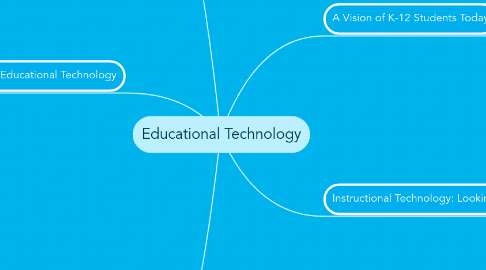Educational Technology
作者:Larisa Zaytsev


1. ShiftHappens Educational 2010
1.1. Schools are currently preparing students for jobs that don't exist yet and use technologies that haven't been invented yet, in order to solve problems in the future which we don't know are problems yet.
1.2. In 2002 Nintendo invested more than $140 million in research and development, while the U.S. spent less than half as much on research and innovation in education. I think the governement should focus a little more on improving eduaction.
1.3. I learned that students starting a four-year technical or college degree, means that half of what they learn in their first year of study will be outdated by their third year. I think its amazing how there is more and more new teachnology and information that a lot of it from the past isn't needed anymore.
1.4. There are over 160 million registered myspace users. If Myspace were a country it would be 11th largest in the world. This just proves that the interenet and websites like these, are very important for interaction.
2. 3 Phases of Educational Technology
2.1. The first phase is where teachers use some sort of technology to display information, instead of a chalkboard or dry erase borad. This is used to capture students attention with light.
2.2. In phase two textbooks are replaced with electronics, such as computers. They use online sources to find information instead of textbooks.
2.3. In stage three teachers have to think of the students as the producers rather than just those that consume information. The teachers should let the students create something of their own such as a podcast, movie, or other presentation using technology. Then they need to share it with a bigger audience, like presenting it in class.
2.4. Teachers can use one lesson that includes all of these phases because technology can easily be enclosed into the curriculum. This I think can make the lesson being taught more interesting and the children will probably learn more because of the hands-on activities.
3. The 21st Century Learner
3.1. The school in the video uses technology when they need it and put it away when they don't need it. Sometimes kids can learn some things better without technology.
3.2. John Brown said "probably the most important thing for kids today is the love of embracing change." Technology is constantly changing and advancing, so if kids can learn to accept that then they will probably learn new things easier.
3.3. Kids want to measured, they want to know how much they are learning. If kids aren't learning then learning isn't fun.
3.4. Nichole Pinkard said that children aren't born producing media but consuming it, therefore if there is a student that is media inclined than there was probably someone in their life that inspired them in developing their skills. I believe that teachers can greatly impact the way children learn, the things they are interested in, and their interest in learning.
4. A Vision of K-12 Students Today
4.1. I learned that techology is very important to help children learn.
4.2. I learned that 61% of reading teachers never use digital storytelling software.
4.3. There are more honor students in China than there are people in North America.
4.3.1. Only half of the people in America will actually graduate
